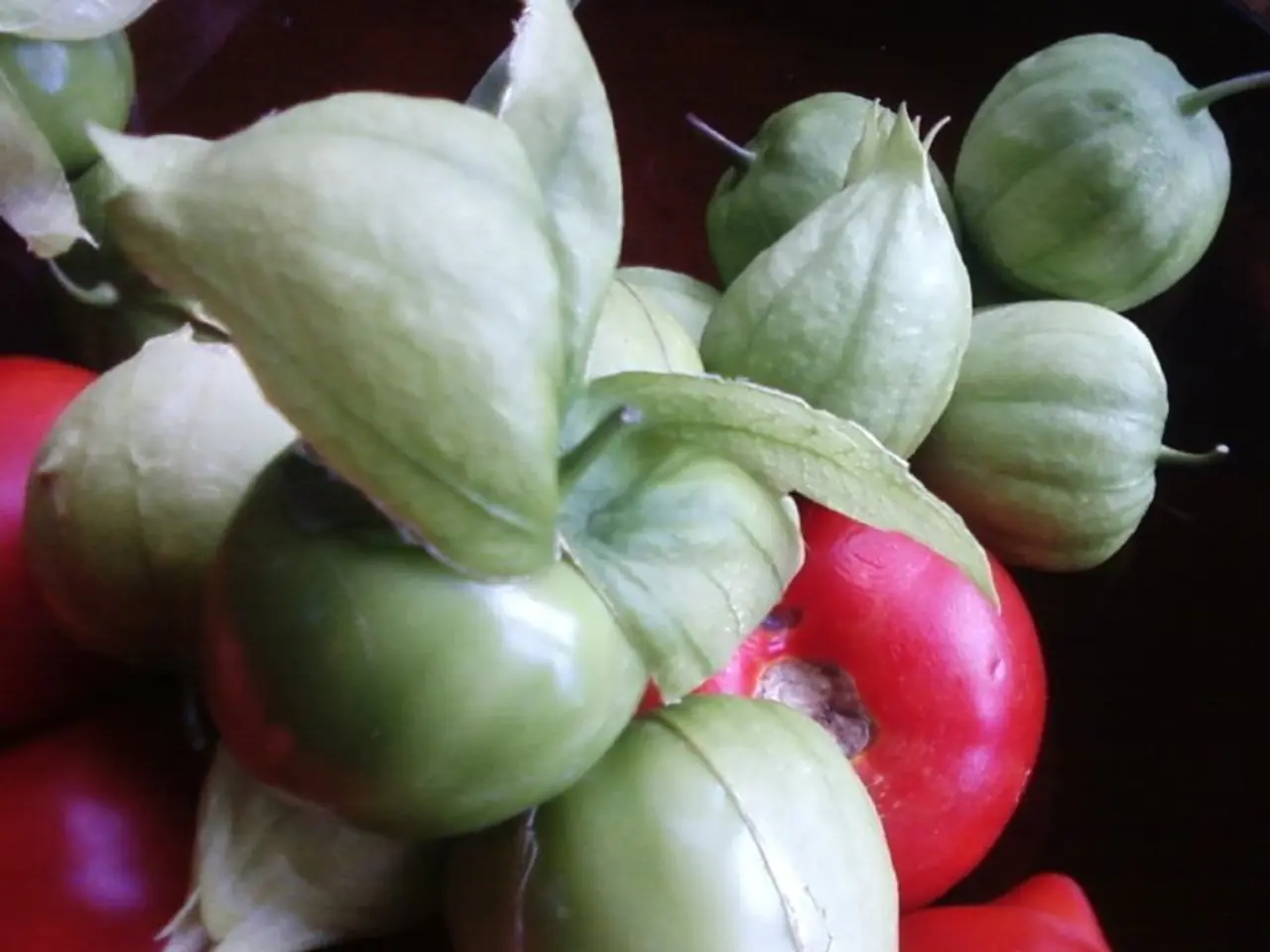Simple and Straightforward Plant Starters: Discover 8 Effortless Seeds to Sow
Growing Your Own Vegetable Garden from Seeds: A Comprehensive Guide
Growing a vegetable garden from seeds can be a rewarding and cost-effective way to enjoy fresh produce. Here's a guide to help you grow radishes, cucumbers, lettuce, tomatoes, green beans, beets, pumpkins, zucchini, and other easy-to-grow crops.
Radishes
- Soil: Loose, well-drained soil rich in organic matter.
- Planting Timing: Best grown in cool weather (spring and fall). Radishes mature very quickly, usually within 3-4 weeks.
- Maintenance: Keep soil moist for consistent growth; thin seedlings to avoid overcrowding. Radishes prefer cooler temperatures for best flavor.
Cucumbers
- Soil: Well-drained, fertile soil with lots of organic matter; pH 6.0-7.0.
- Planting Timing: Plant seeds outdoors after the last frost when soil warms (above 70°F or 21°C).
- Maintenance: Provide full sun and consistent watering. Use trellises for climbing varieties to save space and improve air circulation.
Lettuce
- Soil: Cool, loose, well-drained soil, rich in organic matter.
- Planting Timing: Best planted in early spring or late summer/fall in cooler climates.
- Maintenance: Consistent moisture is critical; shade lettuce in hot weather to prevent bolting. Thin seedlings to 6-12 inches apart.
Tomatoes
- Soil: Well-draining, rich in organic matter, slightly acidic to neutral pH (6.0-6.8).
- Planting Timing: Start seeds indoors 6-8 weeks before last frost; transplant outdoors after danger of frost passes.
- Maintenance: Full sun (6-8 hours daily), regular watering aiming at soil (avoid wetting leaves), and support with stakes or cages. Companion planting with shallots may deter pests.
Green Beans
- Soil: Well-drained, fertile soil with pH 6.0-7.0.
- Planting Timing: Sow seeds outdoors after last frost when soil warms to 60°F (16°C).
- Maintenance: Beans prefer consistent moisture but avoid waterlogging. Pole beans need support (trellis), bush beans do not.
Beets
- Soil: Loose, fertile, well-drained soil with good organic matter.
- Planting Timing: Plant seeds in early spring or late summer for fall harvest; cooler temperatures improve root flavor.
- Maintenance: Thin seedlings for proper root development. Beets tolerate light frost and often sweeter after cool weather.
Pumpkins
- Soil: Rich, well-drained soil high in organic matter.
- Planting Timing: Sow outdoors after all danger of frost has passed and soil is warm (above 70°F or 21°C).
- Maintenance: Require lots of space and full sun. Mulch and water consistently for large fruits.
Zucchini
- Soil: Well-drained fertile soil.
- Planting Timing: Plant seeds outdoors after last frost when soil is warm (above 60°F or 16°C).
- Maintenance: Needs full sun and regular watering. Space plants 2-3 feet apart to allow airflow.
General Tips for Growing from Seeds
- Soil Preparation: Enrich soil with compost or well-rotted manure. Maintain loose soil for good root development.
- Planting Depth: Plant seeds at a depth of 2-3 times their diameter unless otherwise specified.
- Watering: Keep soil consistently moist but not waterlogged; use mulch to conserve moisture.
- Thinning: Thin seedlings to avoid overcrowding to promote healthy growth and better air circulation.
- Frost Sensitivity: Know your USDA hardiness zone and local frost dates to time planting accurately.
- Sunlight: Most vegetables require 6+ hours of direct sunlight daily.
This overview incorporates cool and warm season timing, soil needs, and essential care for your list of crops, providing a practical starting point for seed-based gardening. For more precise timing, using a local seed planting calendar based on ZIP code is recommended.
Growing plants from seed is perfect for people who'd like to hone their gardening skills. You'll grow more of your favorite crops when you start from seed, as seeds come in more variety. Enjoy the satisfaction of nurturing your plants from seed to harvest!
Read also:
- Enhancements to Networking in Senior Care, Fedding Positive Experiences for Service Providers and Elderly Residents
- CDCH Highlights Increasing Tularemia Cases, Calls for Immediate Action
- Ammonia Levels Interventions: Classification and Complications
- Diabetic Retinopathy Laser Surgery: Details and Potential Side Effects




